-
Windows
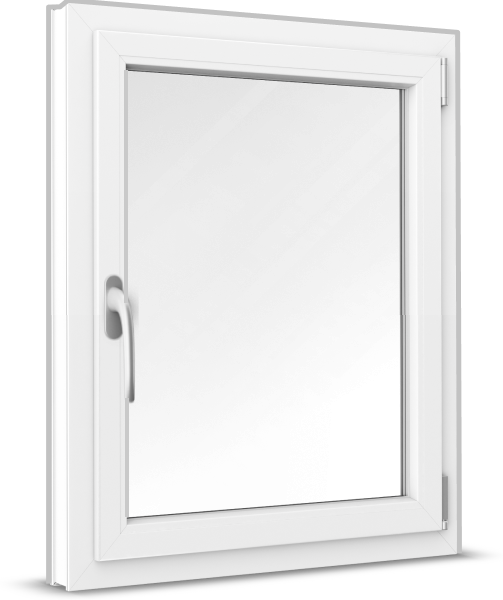 Windows
Windows
-
French Doors
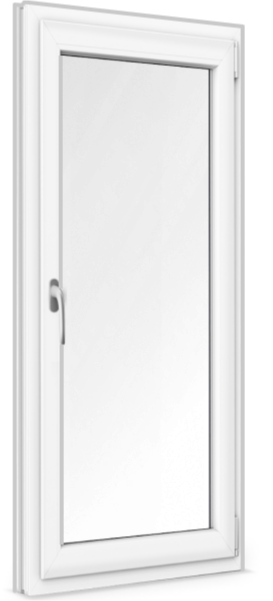 French Doors
French Doors
-
Patio Doors
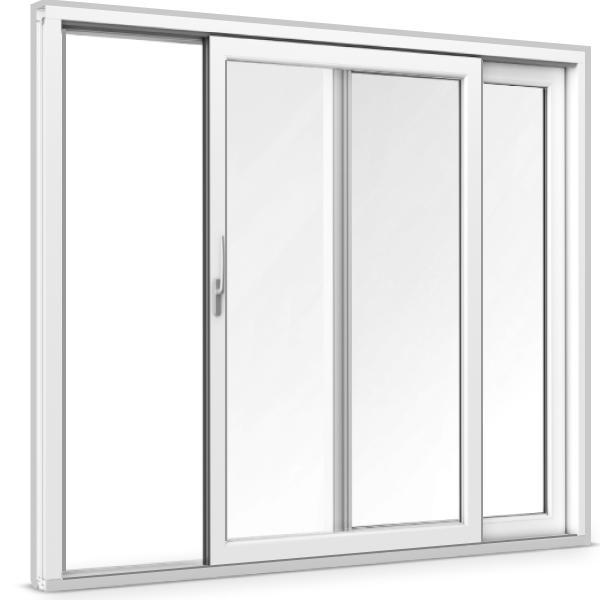 Patio Doors
Patio Doors
-
Front Doors
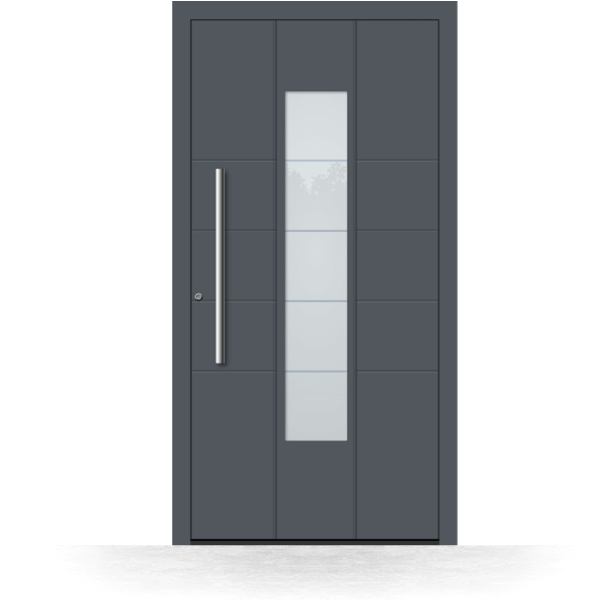 Front Doors
Front Doors
-
Roller Shutters
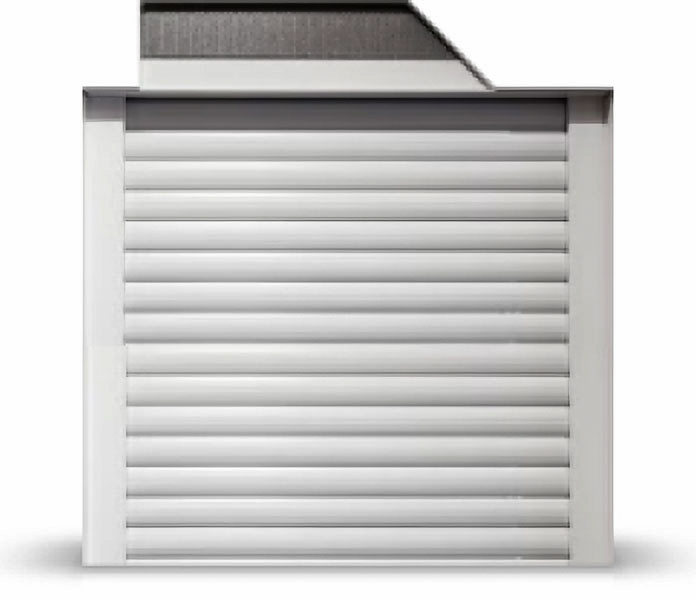 Roller Shutters
Roller Shutters
-
Window Sills
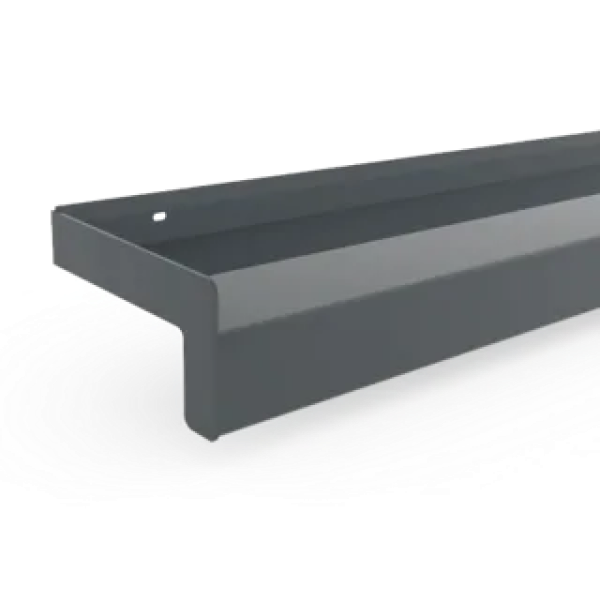 Window Sills
Window Sills
Sign in
Contact us
Over time, the looks of front, patio or balcony doors can suffer due to the constant exposure to weather. In addition, older models may also fail to meet modern requirements for burglary protection, thermal insulation and/or sound protection. In such cases, it may be necessary to install new doors. However, the installation of a new door does not necessarily require professional help. This manual explains all of the important steps for installing a balcony or patio door in detail. Even inexperienced do-it-yourself enthusiasts will have no problems with the installation. For a professional patio door installation, you will need the appropriate tools and materials.
Materials
Tools
To ensure the smooth installation of a patio door, all necessary tools and materials should be placed within reach beforehand, so they can be used without delay during the procedure. If the old patio door is still installed, it will need to be removed first. You can find the respective manual describing all necessary steps here. As soon as the old patio door is removed correctly, you can start installing the new one. The installation should ideally proceed according to contemporary installation standards such as the German RAL standard. To comply with RAL standards specifically, several steps have to be performed before the actual installation can commence.
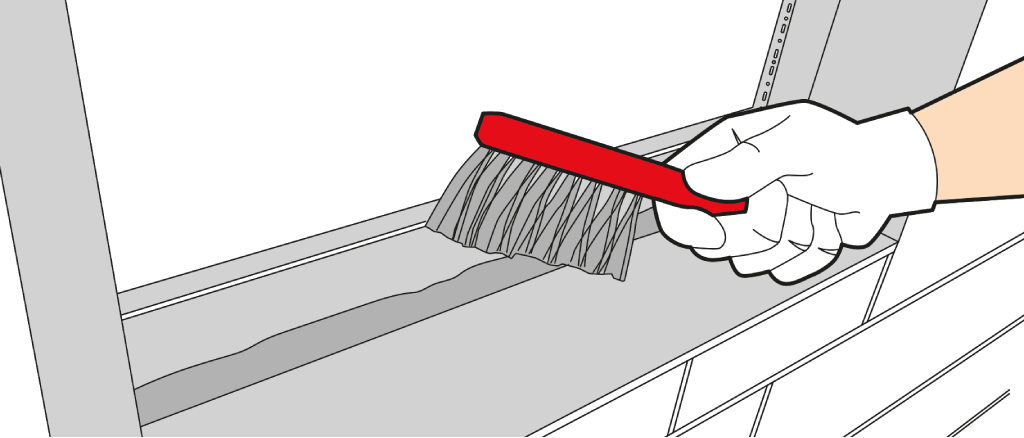
In order to avoid shipping damage, special protective foils are applied to the exterior surfaces of patio doors and windows. Before installing your patio door, remove the foil from the parts of the frame that will be attached to the reveal, as removing the foil afterwards may prove to be very difficult. All other pieces of foil should only be removed after installation. (Fig. 2b).
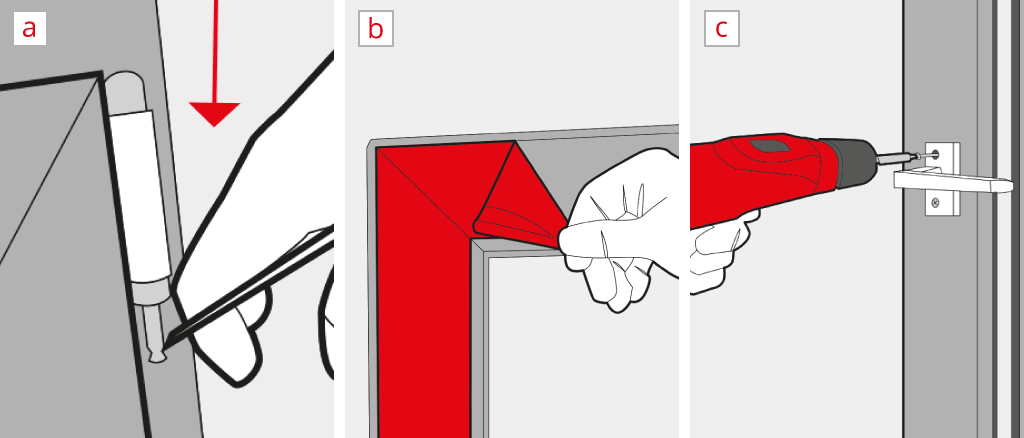
If you want to save energy costs by installing an energy efficient balcony or patio door, you should choose the right sealing material. There are three different sealing levels:
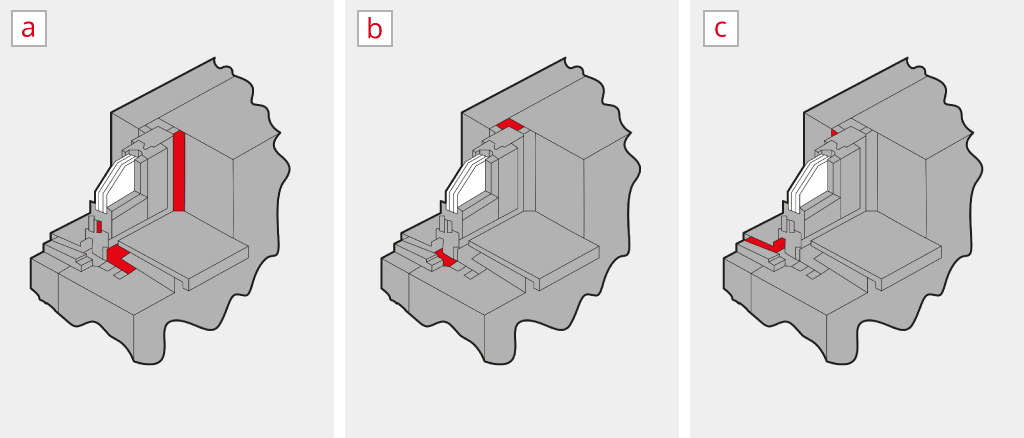
The inner sealing level effectively separates the interior and exterior climate conditions. The seal must be resistant to vapour diffusion - stopping the diffusion of water vapour through the door. Usually, at this level, you should use vapour-resistant foil or acrylic jointing for installation (Fig. 3a).
The central space between the wall and the patio door frame is called the middle sealing level. To provide good thermal insulation, it is essential to completely fill this area with insulating materials. Polyurethane construction foam is most commonly used. Other fillings, such as cotton fibre and mineral fibre materials, are alternative solutions. People suffering from allergies may want to be careful in their choice of insulating material, as polyurethane may cause allergic reactions. Using other filling materials is more sensible in such cases (Fig. 3b).
The outer sealing level provides the profile of the new patio door with long-term protection from inclement weather. In accordance with ISO standards, this seal must be rain-proof and open to vapour diffusion at the same time. Foils and pre-compressed sealing tapes can meet these requirements quite easily. Sealing the joints with silicon is also possible (Fig. 3c).
Proper seals not only ensure good thermal insulation, they also protect the interior of the masonry from weather damages in the long term. Once you have chosen the appropriate sealing materials for the different levels, you can easily order them via the windows24.com accessories shop.
The next step concerns the installation of the frame and its adjustment. For this step, you need a bubble level and washers to ensure an easier adjustment.
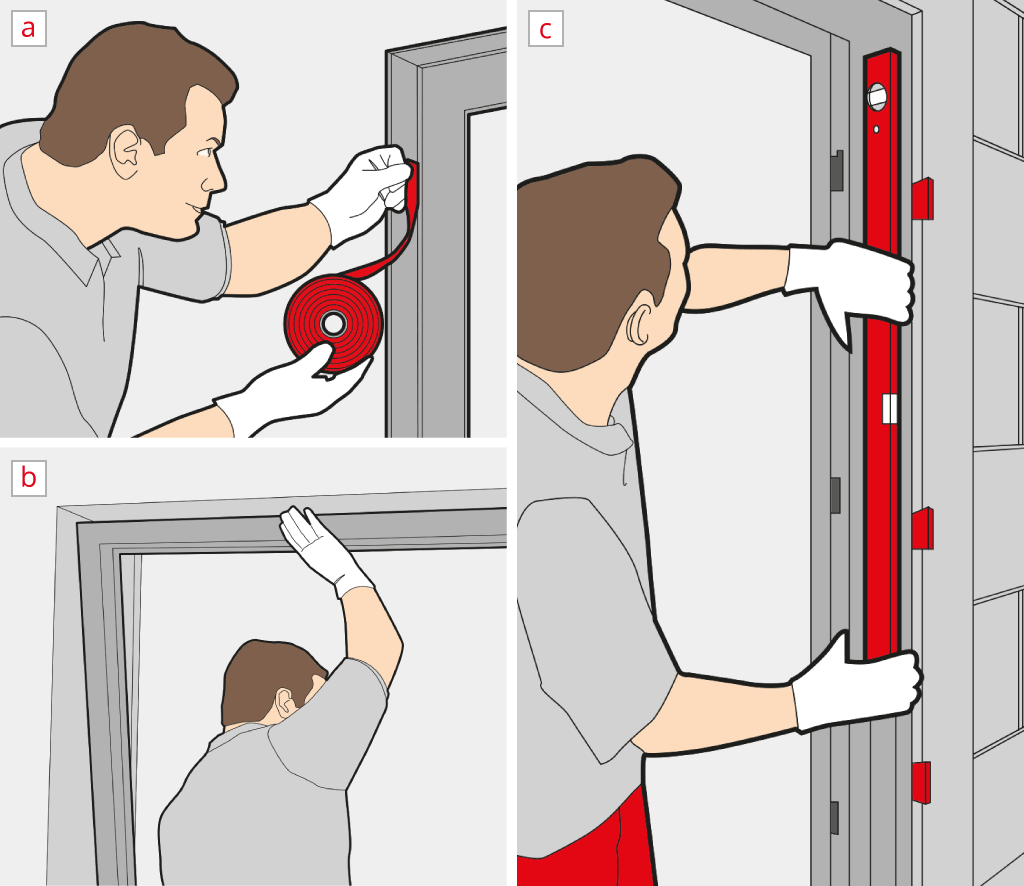
To ensure structural stability and proper functionality, your new door must be securely screwed into the wall. (Fig. 5).
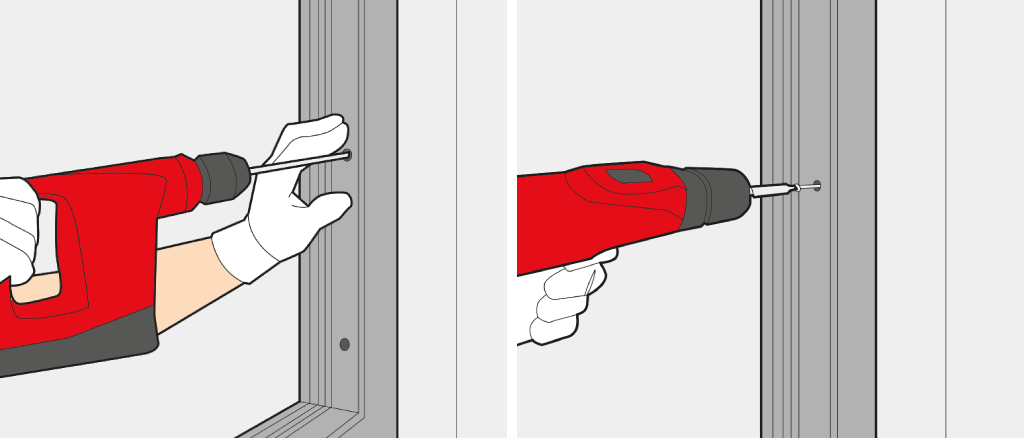
Once the patio door is affixed to the masonry, the open gaps between the two need to be filled with appropriate insulating material. If you want to use foil for the interior sealing and sealing tape for the outside, the tape will have to fully expand before you can begin the foaming procedure.
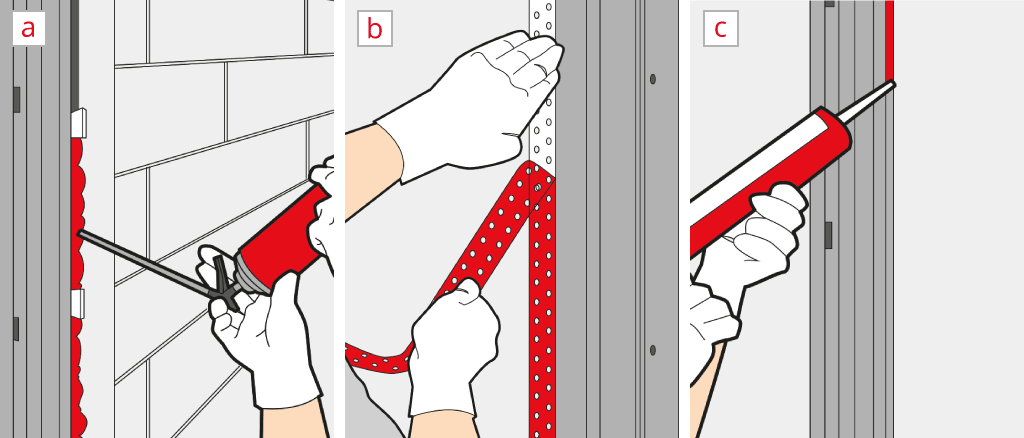
The installation of the door frame is almost complete now and the three different seals have either been applied or attached. The final step of the procedure is to insert and adjust the leaf (Fig. 7).
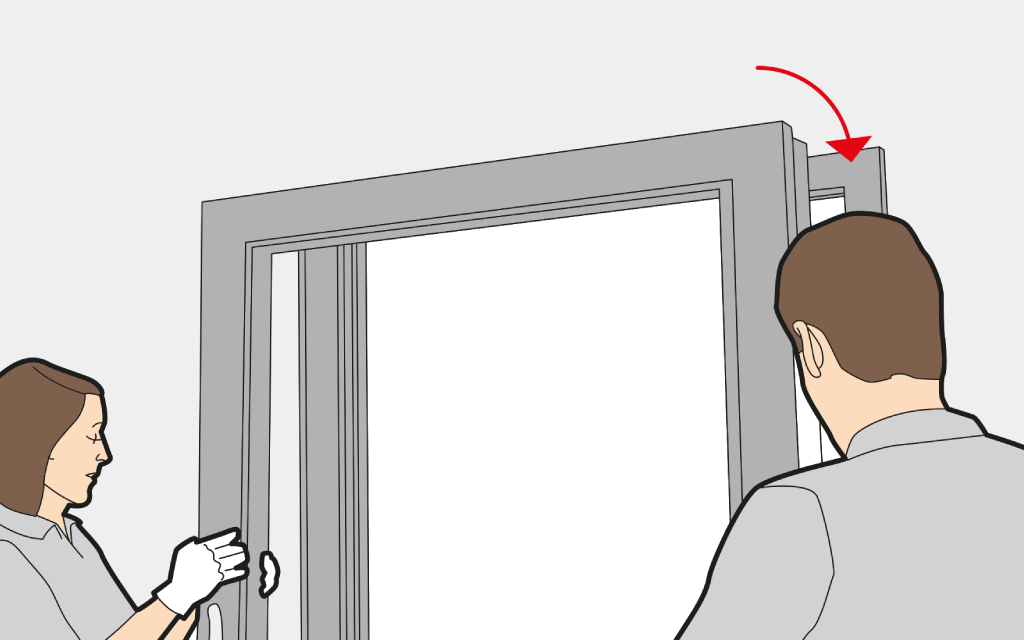
You do not necessarily need professionals to install your patio door. The information in this manual can help anyone with the installation of patio doors and windows step by step. This manual not only teaches you about the installation of new patio doors, it also allows you to save money by doing the work yourself. Installing windows and balcony doors should also not be a problem for you, as the two procedures are very similar.